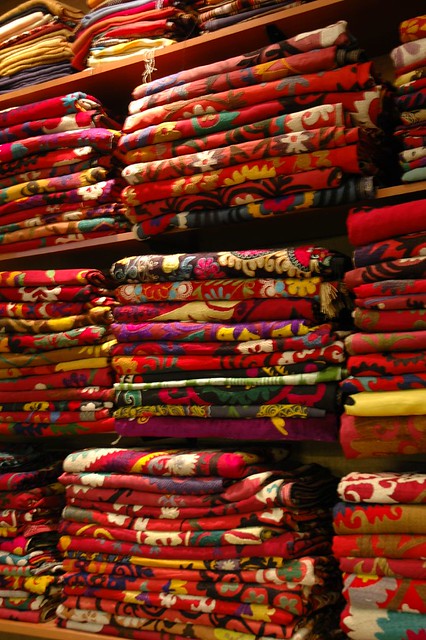Although we have the highest literacy rates in South East Asia countries, Malaysian are not a reading nation. Many people prefer light reading materials like newspaper and magazines instead of books. According to literacy statistic, out of 85% Malaysian who read regularly, only 3% read books. And I was not in the 3% book readers untill the recent years. Thanks to my sister who shared with me a few good non-fictions books with me when she was living with me; and also some good books behind when she moved away. Having said that, I am still not proud to say that I read more than a few books a year.
As a designer; an artist and a crafter, I am naturally attracted to visual images more than to texts. Therefore, I hardly read book... I meant books without pictures and graphics. Since I started this blog, I have been struggling with my writing. I take long time to complete every write-up. But I was encouraged when I came upon this quote - A good writer must first be a good reader. Hence, I started to read more, hoping to write better and set good example for my children. With this new resolution, I was inspired to handmade these reading records for myself, my children and someone dear, to record books we read.
Click here for an online tutorial on kettle stitch bookbinding. I hope to have my own tutorial later on how to add beads onto the stitches for a more interesting finishing.
 |
| My personal copy with magnectic button Cover fabric from one of my favorite fabric designer - Amy Butler |
 |
| The fun piece for my 11-year-old daughter who loves polka dots. This is her copy. |
 |
| This sweet floral piece for my 8-year-old daughter loves purple and trinket |





























![[Donghia's Suzani Jacquard fabric in Blue Bliss - Jeffery Bilhuber[6].jpg]](https://blogger.googleusercontent.com/img/b/R29vZ2xl/AVvXsEjuIGOic5ga7ScXUraymeaoE6mZgJpQbWFppt6EVHZFkV2nYYmVeGji_73ABB1GpxjEEhtvPr23rB2gfkMZIfO21GOQfJmEcd05SUhNjI0OoFB74ezcpPDKfjclPfXd6nItw4UPJkB5ZTk/s640/Donghia's+Suzani+Jacquard+fabric+in+Blue+Bliss+-+Jeffery+Bilhuber%5B6%5D.jpg)






























